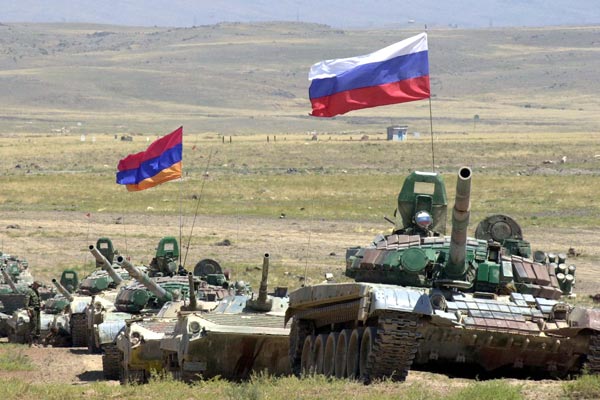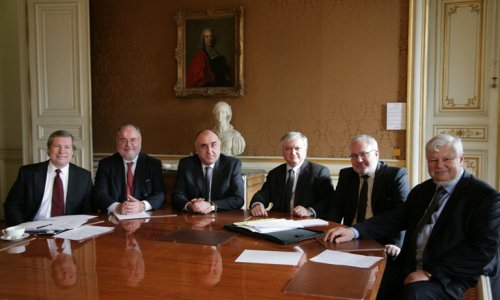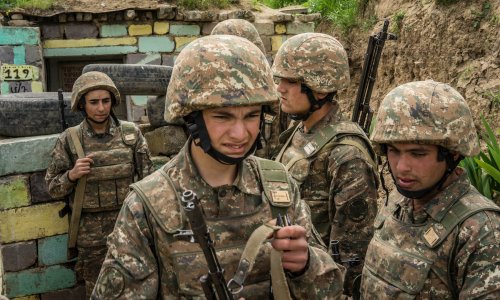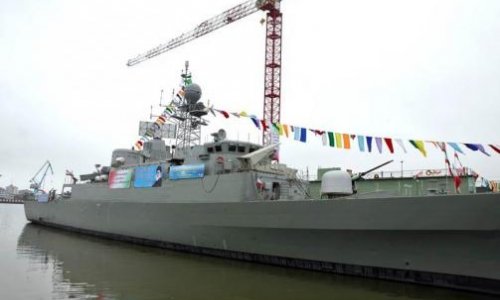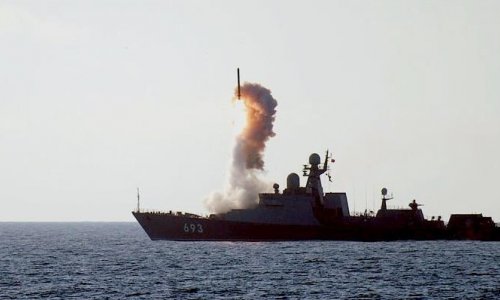The "Shant-2015” military exercises of the Armenian Defense Ministry were conducted Sept. 3-6.
Unlike during previous exercises, the public's preparedness for a possible war was measured. "Shant-2015” was interesting and important because for the first time the capabilities of a country which has had serious disagreements with Azerbaijan were evaluated in a scenario of regional warfare. A statement from the Armenian General Staff noted that they had attempted to identify how ministries would perform in an emergency in military terms. The general staff also underlined preparedness for geopolitical changes and transformation, and that it had informed the military attaches of foreign missions.
But the public dimension of the exercise was also interesting because Armenia was able to identify its priorities in a case of total warfare. In addition to efforts to expand the capacity of hospitals and medical centers and the treatment of the wounded at these facilities, probable measures taken during a curfew were also underlined. The authorities had told the public that they should not panic, adding that they prepared for the exercise for a long time. The roles of every single actor, including the president and village administrators, were previously prescribed and the exercise revealed that they had internalized their roles and performed them very successfully. The authorities also included the preservation of Armenia's cultural assets and values, such as protecting the historical and cultural items at the Armenian National Gallery and the Matenaradan Manuscript Museum in time of war.
Analysts note that Yerevan has considered implementing an impartial policy without an alliance in case no other country extends assistance in time of war and that this exercise was a rehearsal for this policy. Commentators further note that the exercise was not against Azerbaijan but was to prepare for a regional crisis because the exercise plan included a refugee program as well as aerial warning alarms along the borders. The Armenian authorities noted that the exercise was not about the crisis in the Nagorno-Karabakh region in recent months, and recalled that the decision was made in 2014. After the exercise, President Serzh Sarksyan went to conduct talks in Moscow.
Johnny Melikyan, political scientist and research fellow at the Center for Regional Studies at the Public Administration Academy of the Republic of Armenia, notes that the exercise, a first in terms of its content, is necessary for any country that faces threats. People have been particularly concerned about the casualties of clashes in the Nagorno-Karabakh area. Melikyan says that the exercise increased the preparedness for war of state institutions and the army.
Will there be a regional war?
Shortly after the "Shant-2015” exercise, Azerbaijan's Defense Ministry held military exercises on Sept. 6-13, with 65,000 troops, 700 armored vehicles, 500 units of rocket and heavy arms equipment, 40 jets, 50 helicopters and 20 vessels taking part. The authorities announced that the goal of the exercise was to prepare the army for potential warfare, to mobilize, bomb targets with unmanned vehicles and rockets, and to prepare the army for growing challenges.
Azerbaijani media says that the exercise was a response to "Shant-2015.” It is also noted that military strategy for Nagorno-Karabakh and Nahcevan was practiced.
Lack of any progress for many years on the Nagorno-Karabakh issue indicates that the status quo may be broken by a violent and armed conflict. Russia's direct and indirect influence through the Collective Security Treaty Organization (CSTO) and the Eurasian Economic Union (EEU) may be taken as pressure on Baku. This view is raised by a number of analysts and experts in Armenia. They also believe that Russia will act against the priorities and arguments of Armenia in the Nagorno-Karabakh issue to convince Baku.
In addition, Azerbaijan may want to use its capacity, its modern arms and its accumulated wealth. A more skeptical approach would suggest that after the presidential election in Armenia in 2018, there will no longer be a president in power with a military past. If there are no other provocations leading to political crisis, debates on the figure who would replace Sarksyan may lead to chaos in the country. His nomination to continue in the presidency would trigger a different sort of crisis. This could increase the likelihood of an armed conflict. For this reason, there will be more military exercises similar to "Shant-2015” up until the presidential election. Such a development is not impossible given the destruction in Georgia and Ukraine in recent years.
(Today's Zaman)
www.ann.az
Follow us !

